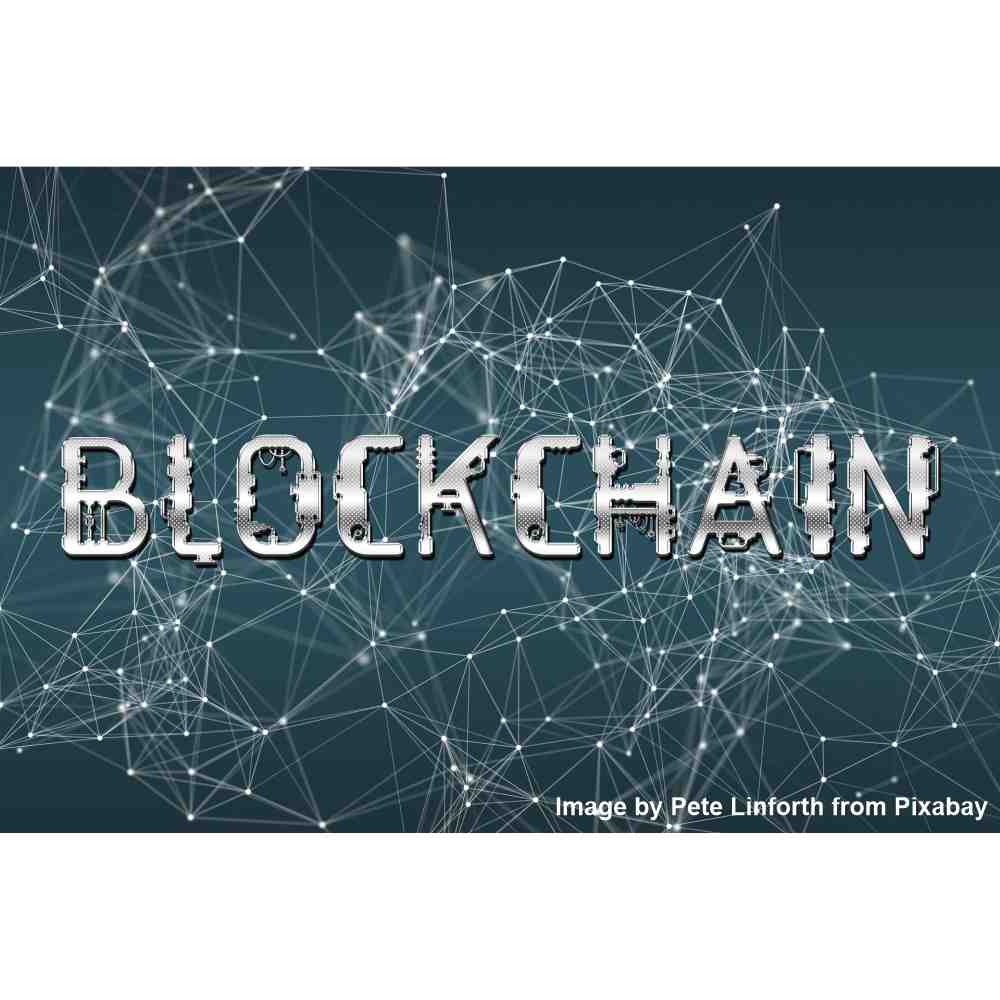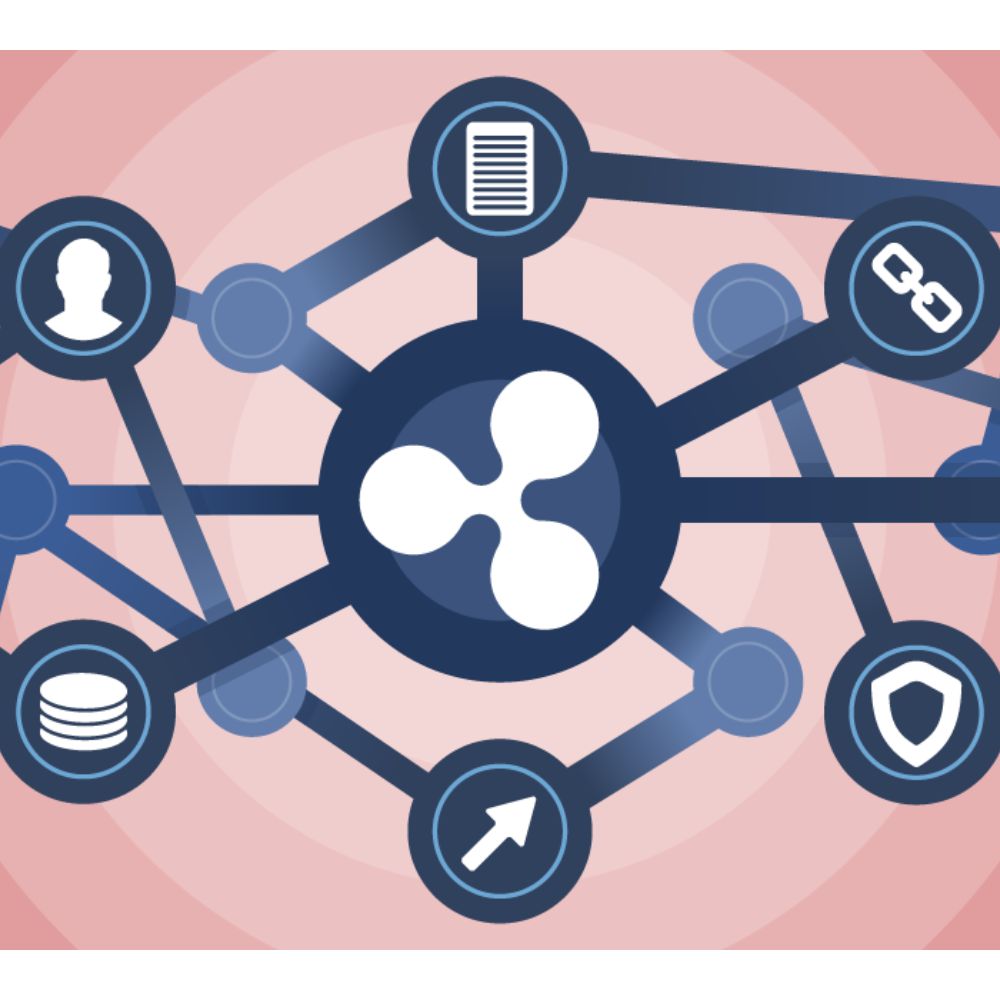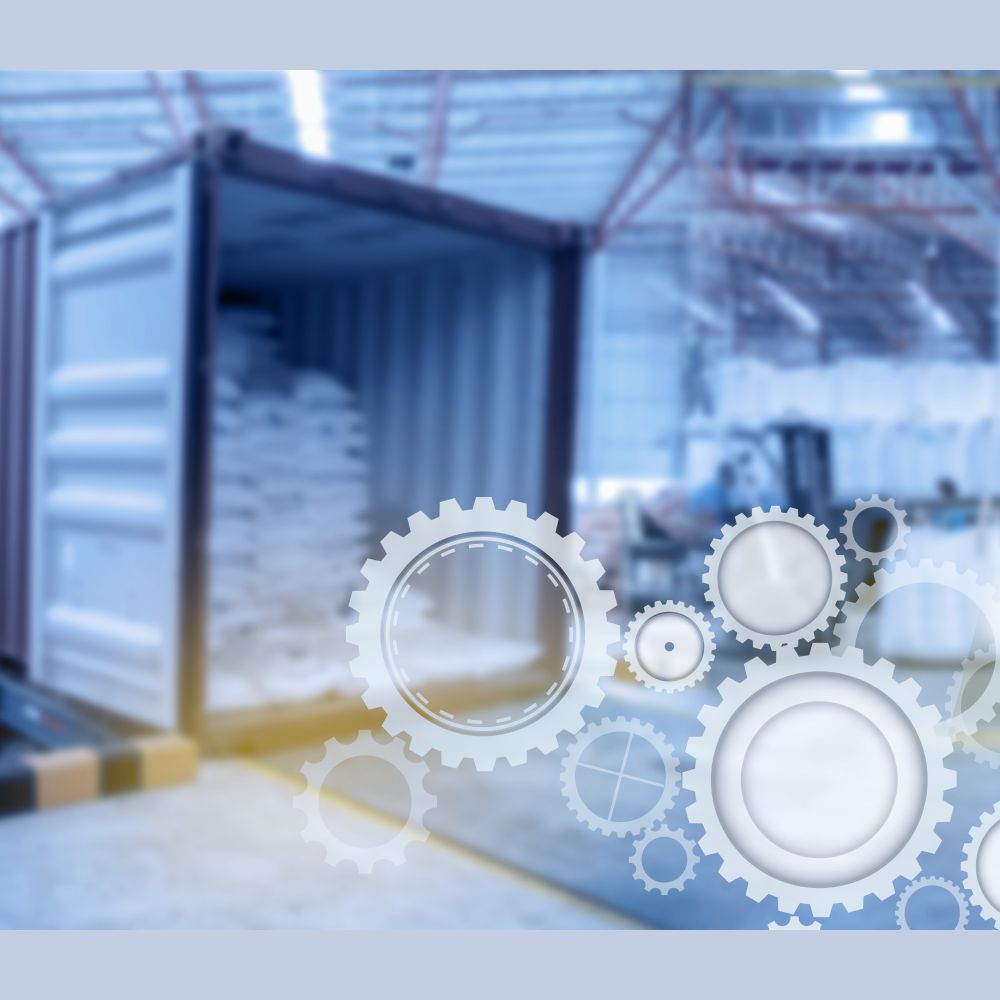Supply chain and logistics has come of age when it comes to adopting disruptive technologies, from Drones as a last mile delivery option to Internet of Things (IoT). This year, a new technology term has taken our world by storm - Blockchain.
WHAT IS BLOCKCHAIN?
Blockchain creates a digital peer-to-peer database network that that maintains a continuously growing list of “blocks” with data records which enables direct transactions among users. It connects stakeholders that are doing business together and gives a private and secure network to them with recordable and trackable transactions. The data is protected by public key encryption techniques, while allowing verification and authentication of data by all of its users. This means that one entire chain of transaction can be created right from sourcing to sale and making it visible to the required stakeholders. All paperwork, contracts and data related to a series of transactions are made visible via blockchain. Blockchain participants exchange documents with the certainty that they are sharing true and validated originals.
Completion of one transaction can also trigger an automated response to the next. For example, once a shipment is received and confirmed by the consignee in blockchain, a smart contract can automatically initiate payment to the appropriate parties. Smart contracts are self-executing contractual states, stored on the blockchain.
Blockchain can be one single technology which can provide all the necessary data, visibility and transparency to the appropriate stakeholders whenever required.
HOW CAN LOGISTICS INDUSTRY USE IT? A CASE-STUDY
IBM and Maersk have used Blockchain for cross-border supply chain solution. Both are working together to digitize, manage, and track shipping transactions using blockchain technology. IBM and Maersk will work with a network of shippers, freight forwarders, ocean carriers, ports and customs authorities and bring them onto the Blockchain technology.
According to IBM and Maersk, the new blockchain solution would enable the real-time exchange of original supply chain transactions and documents through a digital infrastructure that connects the participants within the network.
It would help manage and track the paper trail of tens of millions of shipping containers globally by digitizing the supply chain process from end to end. This will enhance transparency and make the sharing of information among trading partners more secure. Blockchain is also designed to help reduce or eliminate fraud and errors and minimize the time products spend in the transit and shipping process.
CONCLUSION
It’s too soon to know whether blockchain will play a significant role in the industry and whether it will replace the current methods of data distribution. Though the potential applications of blockchain are endless, it is still at an evolution stage.

Categories

Magazine Editions






















